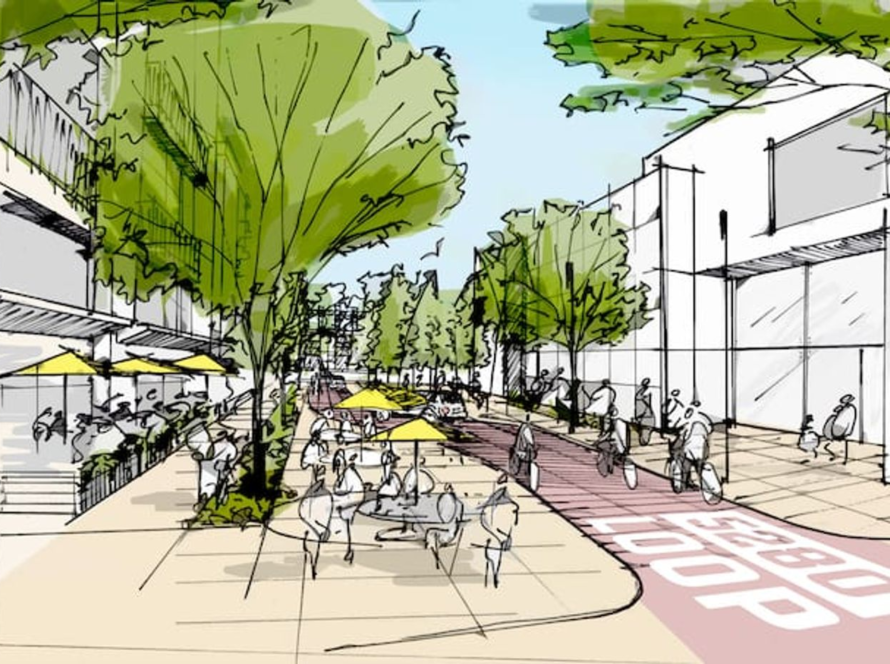
Table of Contents
Introduction: Unveiling the Complexity of Architecture
Architecture, often romanticized as a hobby, embodies a profound synthesis of art and science. It transcends mere construction; it shapes our environments and influences our experiences. However, the notion of architecture as a hobby is an oversimplification that belies its intricate nature. In this discourse, we delve into the multifaceted dimensions of architecture, unveiling why it can never be relegated to the realm of hobbies.
The Artistry of Architecture
At its core, architecture is an art form. It marries aesthetics with functionality, creating spaces that resonate with human emotions and aspirations. Architects are akin to sculptors of space, crafting structures that inspire awe and evoke contemplation. Each design decision, from the curvature of a facade to the placement of a window, is a deliberate brushstroke on the canvas of urban landscapes.
The artistic aspect of architecture demands a commitment beyond casual interest. It requires an understanding of design principles, spatial relationships, and cultural contexts. Unlike hobbies where experimentation is encouraged, architectural endeavors necessitate a rigorous approach honed through education and experience. Without a deep appreciation for the nuances of architectural expression, attempts at amateur design often fall short of realizing their potential.
The Science Behind the Facade
While architecture is undeniably artistic, it is equally rooted in science. Structural integrity, building codes, and material properties are among the myriad technical considerations that underpin architectural practice. Architects must navigate a labyrinth of regulations and engineering constraints to ensure the safety and longevity of their creations.
The scientific rigor inherent in architecture sets it apart from hobbies characterized by spontaneity and improvisation. Every architectural project is a convergence of empirical analysis and creative vision, requiring meticulous planning and precise execution. To dabble in architecture without a firm grasp of its scientific underpinnings is to court disaster, endangering both lives and livelihoods.
Economics and Real-World Constraints
Beyond its artistic and scientific dimensions, architecture is intrinsically linked to economics and real-world constraints. Budgetary limitations, zoning regulations, and client expectations impose practical considerations that shape architectural outcomes. The ability to balance creative ambition with fiscal prudence is a hallmark of professional architects, honed through years of practice and project management.
In contrast, approaching architecture as a hobby often disregards the economic realities that govern professional practice. DIY enthusiasts may underestimate the costs and complexities involved in building projects, leading to frustration and financial strain. Moreover, amateur endeavors may overlook the social and environmental impacts of architecture, perpetuating unsustainable practices in pursuit of aesthetic indulgence.


Ethics and Social Responsibility
Architecture carries a weighty ethical dimension, implicating social responsibility in the built environment. Design decisions can either foster inclusivity and accessibility or perpetuate inequities and marginalization. Architects bear a moral imperative to consider the broader implications of their work, advocating for sustainable design practices and equitable urban development.
Engaging with architecture solely as a hobby risks overlooking these ethical imperatives, reducing buildings to mere aesthetic objects divorced from their societal contexts. True architectural mastery entails a commitment to social justice and environmental stewardship, transcending personal gratification to serve the greater good.
The Perils of Amateurism
Amidst the allure of architectural pursuits, the perils of amateurism loom large. While hobbies offer a refuge from the rigors of daily life, architecture demands a level of expertise that transcends casual dabbling. Amateur architects risk compromising structural integrity, violating building codes, and endangering public safety in their pursuit of creative expression.
Moreover, the proliferation of DIY culture in architecture undermines the value of professional expertise. Architects undergo rigorous training and licensure processes to safeguard the integrity of the built environment, a distinction blurred by the proliferation of amateur design enthusiasts. By relegating architecture to the realm of hobbies, we diminish its significance and disregard the expertise required to practice it responsibly.
The Educational Imperative
Recognizing the complexities of architecture underscores the educational imperative inherent in its practice. Formal education provides aspiring architects with the foundational knowledge and skills necessary to navigate the multifaceted challenges of the profession. Architectural programs cultivate critical thinking, technical proficiency, and design fluency, preparing graduates for the rigors of professional practice.
While informal learning and self-study have their merits, they pale in comparison to the comprehensive education offered by accredited architectural institutions. Attempting to master architecture as a hobby without formal training is akin to navigating uncharted waters without a compass. While passion may fuel initial enthusiasm, it is no substitute for the disciplined learning and mentorship that characterize formal architectural education.
Conclusion: Embracing the Complexity of Architecture
In conclusion, architecture defies reductionism and resists classification as a mere hobby. Its synthesis of art, science, economics, ethics, and education elevates it to a profession of unparalleled complexity and significance. While amateurs may dabble in architectural pursuits, true mastery requires a lifelong commitment to learning, practice, and ethical responsibility. By embracing the multifaceted nature of architecture, we honor its legacy as a discipline that shapes the world we inhabit and the future we envision.



